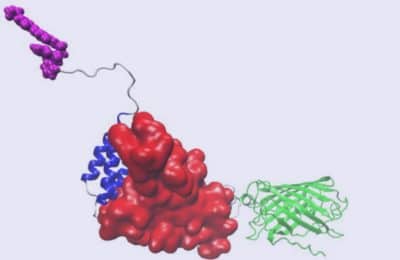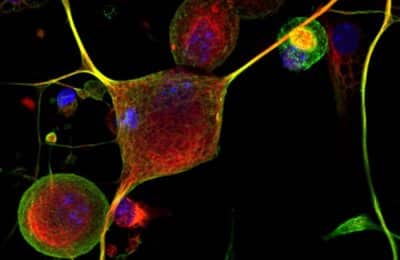The Istituto Nanoscienze of the National Research Council (Cnr Nano) is pleased to present the new research project, REMEDY (Stabilized Reversed Micelles for Brain Delivery of Hydrophilic Drugs), which seeks to advance drug delivery for central nervous system diseases. The initiative, officially started in June, is led by Cnr Nano and involves other Cnr institutes: the Istituto di Neuroscienze, and the Istituto di Fisiologia Clinica.
Context and Objectives
The REMEDY project bridges nanotechnology and medicine, with a specific focus on advancing enzyme therapies for diseases affecting the central nervous system. The project aims to develop stabilized reversed micelles, innovative nanostructures designed to improve the distribution and effectiveness of enzyme-based treatments overcoming hurdles such as rapid degradation and limited penetration into target tissues. The research team is composed by Cnr Nano researcher Marco Cecchini as Project Coordinator, supported by Ilaria Tonazzini from Cnr Nano, Laura Baroncelli from Istituto di Neuroscienze, and Luca Menichetti from Istituto di Fisiologia Clinica. The project, funded by the Italian Ministry of Universities and Research (MUR) through the FISA2022 grant, has a total budget of €1,515,108.04.
Significance and Potential Applications
The project’s primary goal is to develop stabilized reversed micelles that can effectively transport and release therapeutic drugs or enzymes where they are needed most—specifically, the brain. This approach is crucial for overcoming the physiological barriers, such as the blood-brain barrier, that have historically limited the efficacy of many treatments. “These micelles could be transformative for managing neurological diseases, as they can be designed to deliver active substances precisely and safely”, says Marco Cecchini.
The potential applications of REMEDY’s findings are extensive. For instance, these micelles could be used to transport nutrients or neuroprotective agents to treat milder conditions involving brain function deficits. In more severe cases, such as lysosomal storage diseases, the micelles could directly deliver missing enzymes to the central nervous system, enhancing treatment efficacy. Initial testing in animal models has shown promise, particularly for Krabbe disease, a severe neurodegenerative genetic disorder.
Innovative Aspects
The stabilized reversed micelles developed in REMEDY represent a hybrid nanostructure that combine the flexibility of standard micelles with the stability of dense nanoparticles. “Like standard micelles, they are highly deformable and exhibit low persistence in the body, allowing them to adapt to blood flow and cross biological barriers without causing prolonged accumulation. At the same time, they inherit the structural stability of dense nanoparticles, which prevents premature disaggregation and ensures the drug remains encapsulated until it reaches its target”, explains Cecchini. “This dual feature allows for controlled and safe drug release, enhancing therapeutic efficacy in challenging environments such as the bloodstream or target tissues. The unique stability and deformability of these micelles were previously demonstrated in a successful partnership with a pharmaceutical partner and with Mariacristina Gagliardi and Ambra del Grosso of Cnr Nano, leading to a patent”.
The promising preliminary results from this earlier work laid the foundation for the REMEDY project and attracted interest from clinical and industrial stakeholders.
A Vision for the Future
Imagine these micelles as “invisible shuttles” that protect and transport drugs throughout the body, ensuring that the therapeutic agents reach their intended destination without dispersing prematurely. This innovative delivery approach has the potential to open new avenues for treating challenging diseases that currently lack effective solutions.
Marco Cecchini holds a PhD in Condensed Matter Physics from Scuola Normale Superiore and is a Lecturer in Biomaterial Science at the University of Pisa. His research focuses on nanomaterials for brain pathologies and nerve regeneration and is. He is also a co-founder and scientific advisor of INTA srl, a joint spin-off with Cnr and Scuola Normale Superiore.



